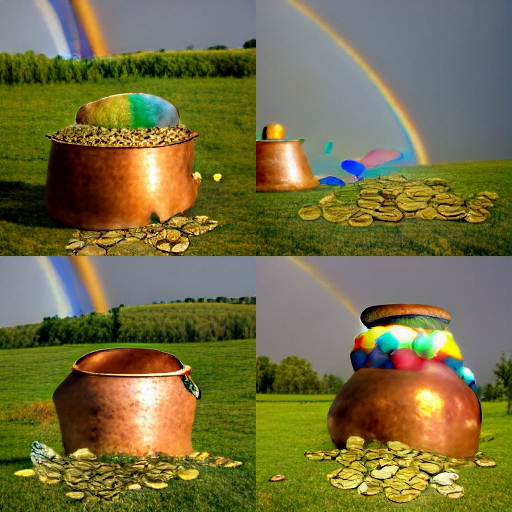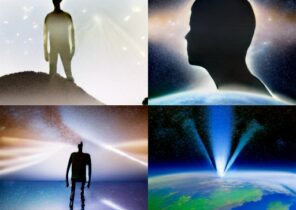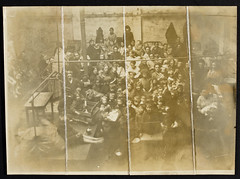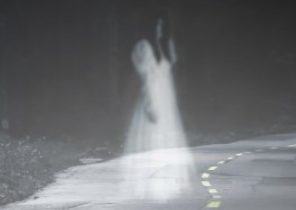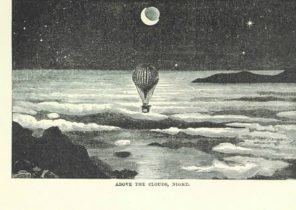Leprechauns have been a part of Irish folklore for centuries. They are often portrayed as mischievous creatures who enjoy playing tricks on people. In literature and film, leprechauns have been portrayed in a variety of ways.
One of the earliest references to leprechauns can be found in the 18th century poem “The Fairies” by William Allingham. In this poem, the leprechaun is depicted as a small, old man who is skilled at making shoes.
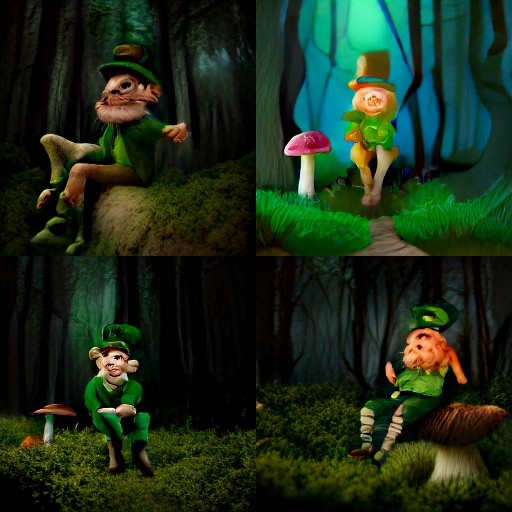
Leprechauns gained popularity in the 19th century with the publication of several Irish folktales. In these stories, leprechauns are often portrayed as greedy creatures who are constantly trying to outwit humans.
The first film appearance of a leprechaun was in the 1953 film “The Wandering Minstrel”. In this film, the leprechaun was played by actor Peter O’Toole.
Since then, leprechauns have appeared in a number of films and television shows. Some of the most popular leprechaun films include “Leprechaun” (1993), “Leprechaun 2” (1994), and “Leprechaun in the Hood” (2000).
Whether you believe in them or not, leprechauns have been a part of Irish culture for centuries and show no signs of disappearing anytime soon
.
